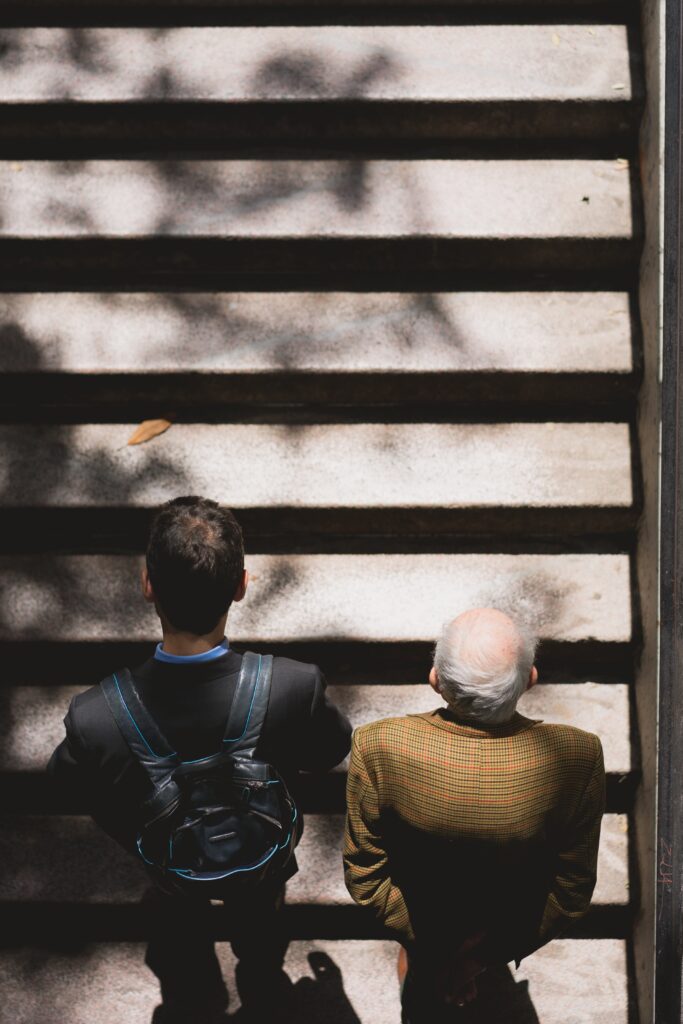Developing visible signs of aging is not often regarded as a pleasant experience, and worse still when these signs occur when you’re not feeling old at all. Sadly, the signs of aging aren’t just reserved for the elderly or even the middle-aged.
The signs of aging can strike many still in their youth, in their 30’s, 20’s and in some cases, even in their teen years. But before you go running off to see if you are a candidate for a facelift procedure, it’s valuable to learn more about the aging process, where some of the early indicators usually start, and what you can do to prevent them.
Here are some basic facts about the visible signs of aging.

Why Does Our Skin Change When We Age?
Our skin changes as we age because the body begins to produce less collagen and elastin. Both collagen and elastin are what make your skin smooth, supple, and able to bounce back when it stretches. Unfortunately, it is believed that the body begins to slow collagen production after the age of 20, and it is estimated this slows down by 1% per year after then. Generally speaking, you won’t notice the lack of collagen production for several years after this, but by your 30s, they will become more prevalent.
Early Signs of Aging
Fine Lines and Wrinkles
As you age, fat deposits underneath your skin start to dry up and fade away, leaving empty space below the skin’s surface. The skin doesn’t spring back against this space as easily with less collagen and elastin, leaving small folds that we call wrinkles and fine lines. What facial area is hit with wrinkles first is usually based upon a person’s habits. For example, a smoker who is consistently pursing their lips to drag a cigarette or vape pen will likely develop lines around the mouth early. Meanwhile, somebody who spends long periods furrowing their brow and squinting their eyes, perhaps due to concentrating on a screen for many hours a day, will likely develop brow lines and crow’s feet.
Sagging Jowls
Jowls refer to the collection of excess and sagging skin where the skin in the cheek and mouth region begins to drop down to the jawline. This happens as the lack of elastin and collagen makes it so the connective tissue can no longer support the cheek, resulting in it dropping down to the lower region of the face.
Hair Loss
It’s estimated you lose 50-100 hairs on your head daily. While that may sound like a lot, the human head has approximately 100,000 hairs, so it’s rarely enough that you’d even notice the loss, as your hair is constantly growing back.
However, hair growth relies on the follicles receiving nutrients from the body. As you age, the brain begins to stop signalling your body to send these nutrients, resulting in the follicle dying and falling out without regrowth. 25% of men have reported noticing at least partial hair loss by the time they’re only 21, and by age 35, that number soars to 66%. Hair loss can be partially treated with things like vitamins or growth treatments like Rogaine but ultimately may need to be dealt with via a hair transplant.
Published by HOLR Magazine


